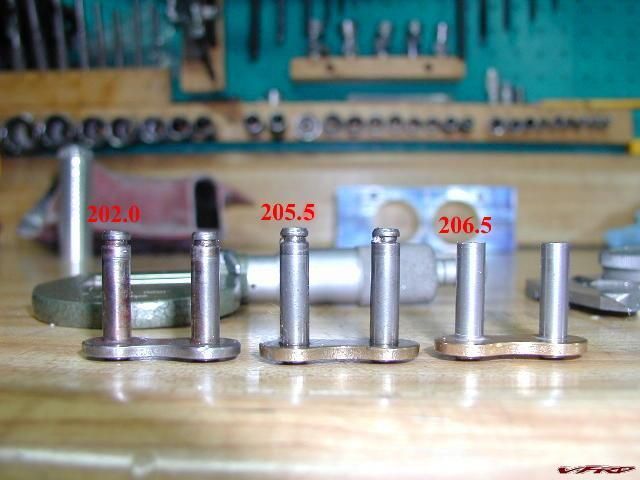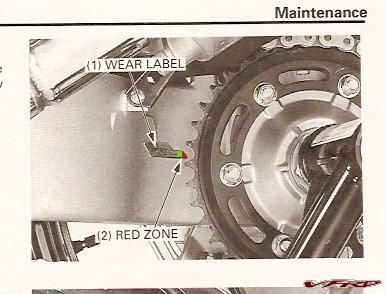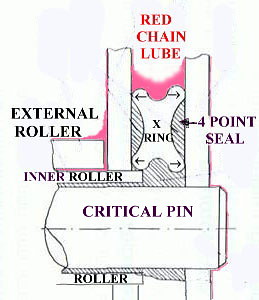cal scott
Wookie
This may be a topic previously addressed ad nauseum, however, my efforts to search the site haven't come up with any answers. This may also be much like oil and tires where everyone has an opinion but there is no common consensus. Despite these shortcomings, I will cautiously ask anyway :teeth.
How do you determine that an O/X ring chain is at the end of its life and needs to be changed? Bike manual states that it should be changed once it has "stretched" a predetermined amount. Other sources state that stretch generally doesn't matter and the state of the links is more the determinant - frozen links and general rusting indicate loss of the sealed chain lubricant. Collective thoughts of the group?
While I am at it, just wondering what the thinking is on changing sprockets...?
- Change both the front and the back every time you change the chain
- Change the front every time but perhaps not the back as that wears more slowly
- They don't need changing every time; depends on wear so assess before making a decision
How do you determine that an O/X ring chain is at the end of its life and needs to be changed? Bike manual states that it should be changed once it has "stretched" a predetermined amount. Other sources state that stretch generally doesn't matter and the state of the links is more the determinant - frozen links and general rusting indicate loss of the sealed chain lubricant. Collective thoughts of the group?
While I am at it, just wondering what the thinking is on changing sprockets...?
- Change both the front and the back every time you change the chain
- Change the front every time but perhaps not the back as that wears more slowly
- They don't need changing every time; depends on wear so assess before making a decision





